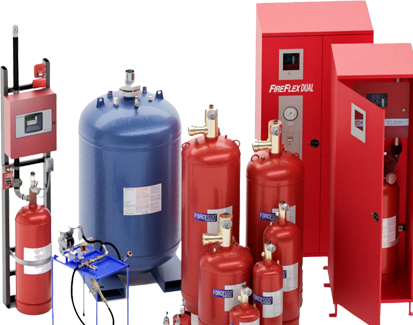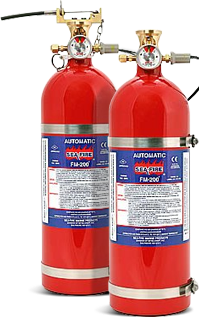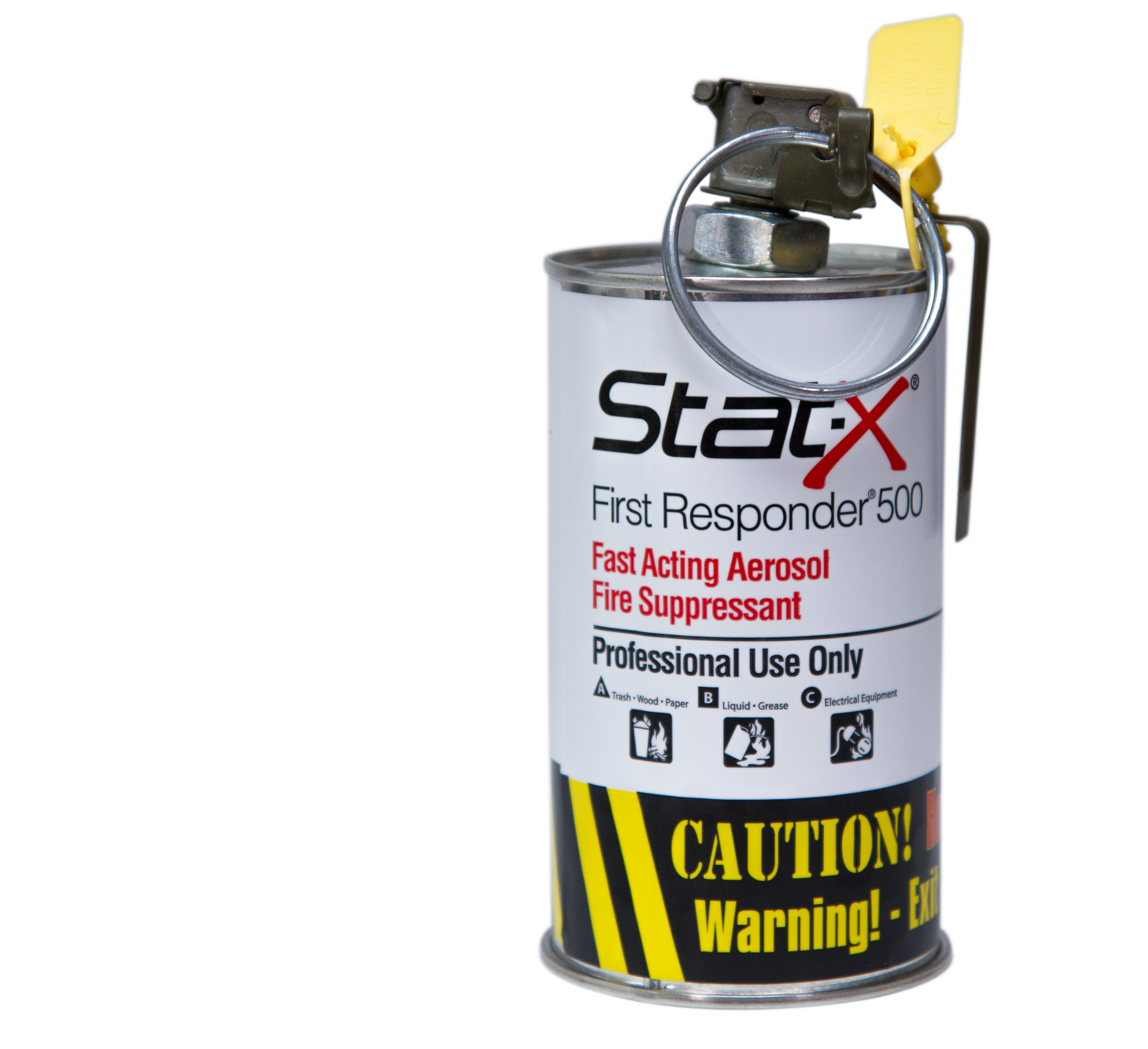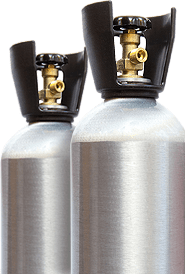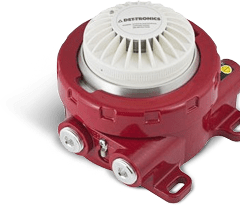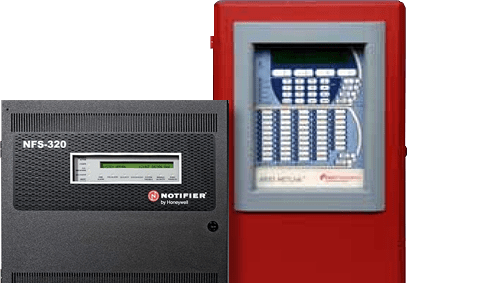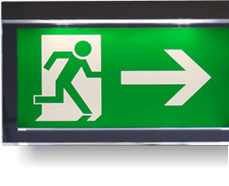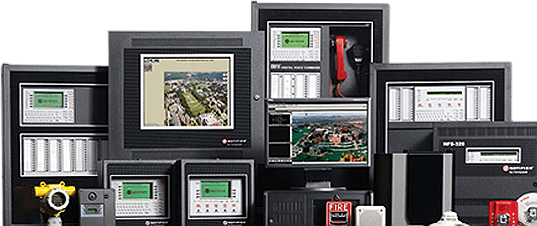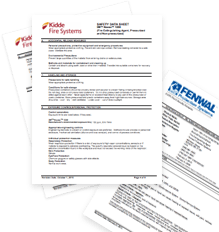Halon 1301 Recycling Center
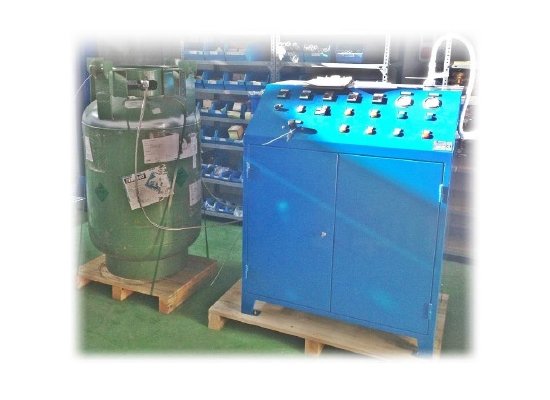
Halon gas is a suppression agent that does not leave any residue and quickly suppresses fires, making it a popular choice for museums, data centers, and electronic equipment support. Developed in the 1940s and 50s, it was soon widespread across fire suppression systems, especially when sensitive equipment was involved, due to its effective fire suppression capabilities. Halons are still used in the aviation industry and by the military.
However, halon gas is a Chlorofluorocarbon (CFC) whose manufacturing has ceased, due in part to CFC's ability to deplete the Ozone layer and its resulting health effects on humans. Fortunately, there are now more effective, healthier, and environmentally friendly alternatives for modern fire suppression agents.
Why Choose Control Fire Systems?
Control Fire Systems is your best choice for start-to-finish fire protection, fire system design and installation, and recycling outdated fire suppression materials. We have our own recycling and storage facility for Halon gas and other clean agents, both of which are ULC listed. If you have unused halon cylinders please contact us for quotation.
Control Fire Systems is fully insured for all of our processes, including shipping and receiving Halon gas. If we don't personally handle the shipping of your product, we will provide you with a carrier whose professional reputation matches ours. We provide quick turnarounds on all discharged cylinders, reducing the amount of time that your fire suppression system is offline.
If you have any other questions or concerns about your fire suppression system or suppression agents, we will be happy to answer. Our expert staff is available to provide the best direction for you, your business, and your fire system. Don't hesitate to reach out to us today!





